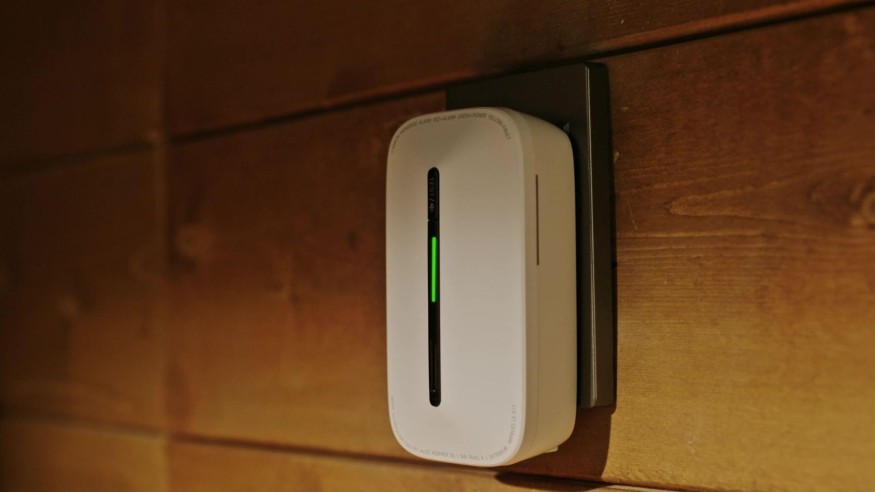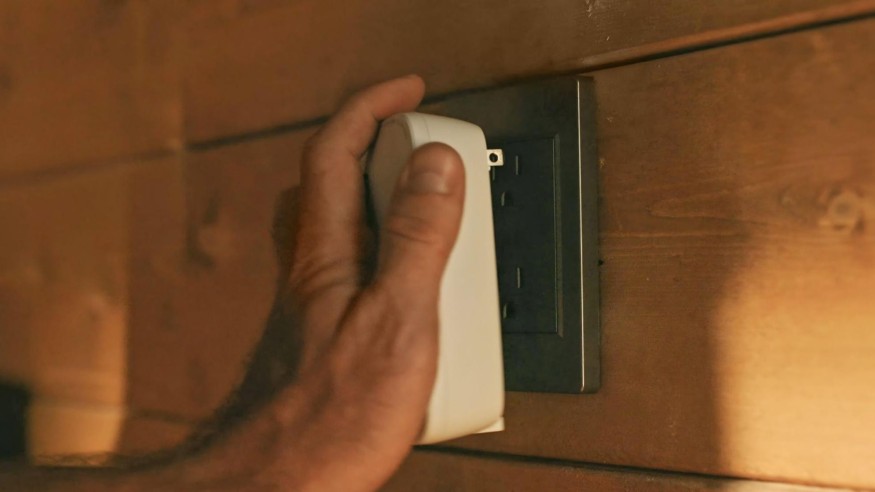
Carbon monoxide has been a known danger for more than a century, yet it continues to cause harm year after year. The Centers for Disease Control and Prevention (CDC) estimates that accidental carbon monoxide poisoning is responsible for over 400 deaths annually in the United States, with more than 100,000 emergency room visits linked to exposure. Despite the awareness campaigns and the growing list of state laws mandating alarms, too many households remain unprotected. Part of the problem has been that the technology, until recently, required a level of installation that many people found difficult or impractical.
That barrier is beginning to disappear. Devices that once required wiring into the wall or placement during construction are being replaced by models designed for simplicity. Instead of treating carbon monoxide detection as a job for electricians, these detectors position it as an everyday safeguard, something that can be set up in minutes. The SITERWELL Plug-in Carbon Monoxide Alarm is an example of this shift. It requires no tools and no permanent mounting. Once activated, it immediately begins monitoring the air, using an advanced electrochemical sensor that continuously samples for traces of carbon monoxide.
The science inside is precise. When carbon monoxide molecules reach the sensor, they trigger a chemical reaction that produces an electrical signal. That signal is converted into a measurement of gas concentration, allowing the detector to identify dangerous levels before they become life-threatening. If those levels rise, the alarm responds with a piercing 85-decibel warning accompanied by flashing lights. A built-in 10-year backup battery ensures it remains active even during power outages. A set of clear indicator lights shows whether the device is functioning normally or needs attention, and a single test button makes it easy to confirm proper operation.
For families, this combination of accuracy and simplicity matters. Parents no longer have to spend a weekend wiring units into walls. Renters can bring a detector with them when they move without leaving holes behind. Landlords can ensure properties are compliant without calling contractors. Routine safety checks now take seconds rather than hours, and that accessibility increases the likelihood that alarms are not just purchased, but actually used.

How people use the devices is also expanding. Experts recommend placing alarms in hallways outside bedrooms, near gas appliances, and on every level of a home. Portable models make it possible to add extra coverage where it is most needed, whether in a basement, garage, or near a furnace. And because the design is compact, it is not limited to the home. It can be carried for use in hotels, rental cabins, recreational vehicles, or even tents equipped with small generators. These environments may not come to mind immediately when people think of carbon monoxide risks, yet incidents in each of them have been documented over the years. Having a detector that can move between settings helps close gaps that traditional fixed units cannot reach.
The persistence of carbon monoxide incidents shows that awareness alone is not enough. Even as legislation has expanded, compliance often depends on whether people find the devices practical. If alarms are too difficult to install, many households will put them off. A detector that is simple to operate and flexible enough to be used in different environments addresses that issue directly. It makes protection not only possible but also easy to maintain.
Carbon monoxide remains invisible to the senses, and that fact has not changed since it was first identified as a public health threat more than a century ago. What has changed is how accessible detection has become. A simple alarm can turn an unseen danger into something that is immediately recognizable, and in doing so, it can mean the difference between safety and tragedy.
© 2025 ScienceTimes.com All rights reserved. Do not reproduce without permission. The window to the world of Science Times.












